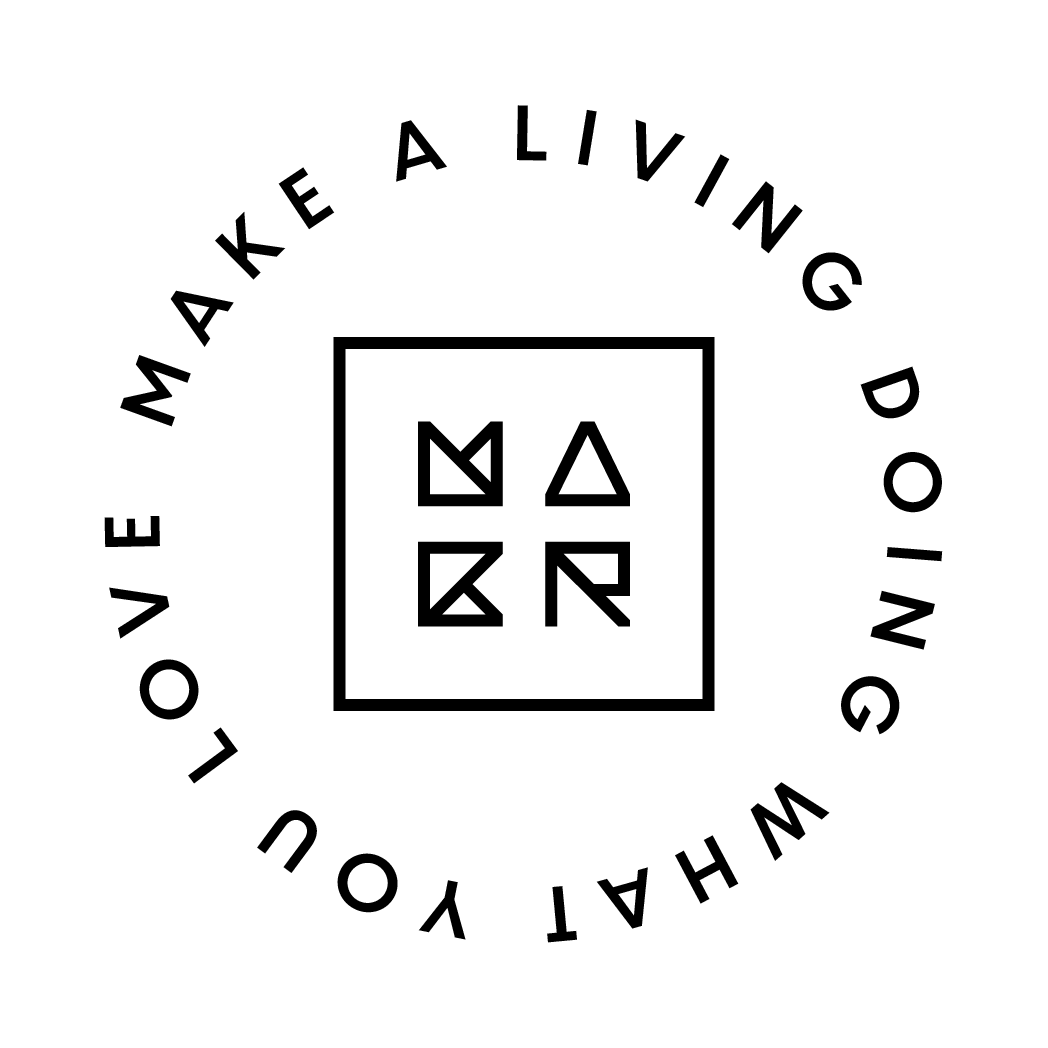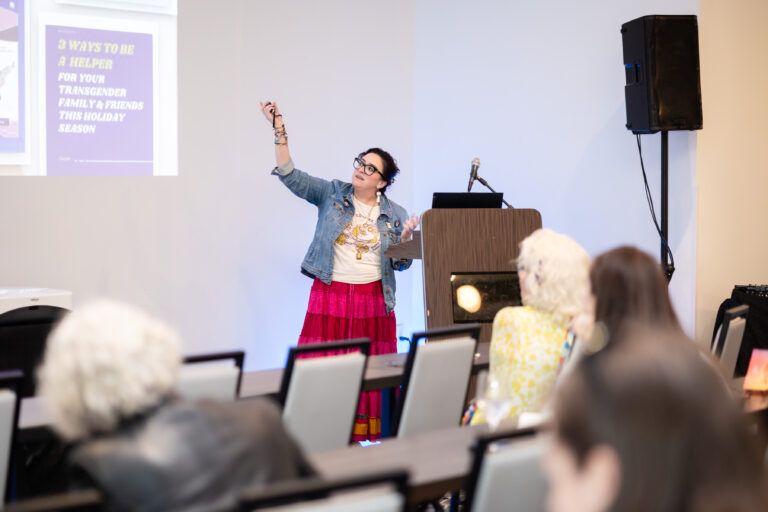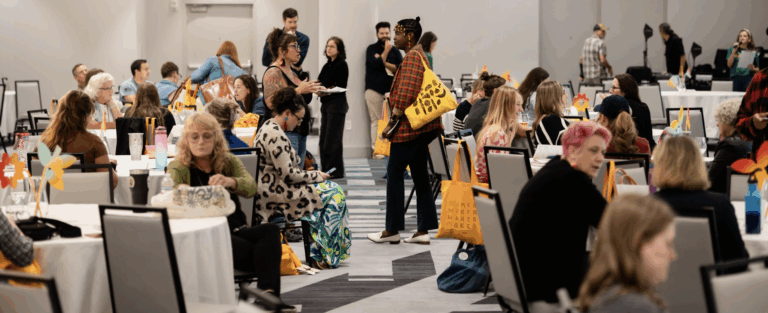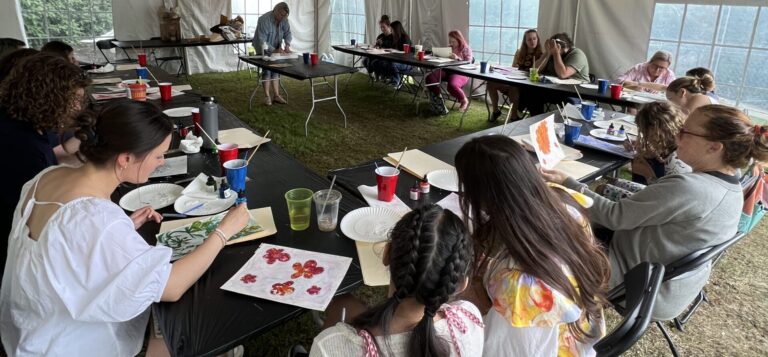Tuesday, February 18, 2025
Writing the Artist Statement:
Insights from Kelly Hider
Artist and educator Kelly Hider led a discussion on the importance of artist statements and how to craft one that reflects your work. For many artists, writing about their art feels daunting—after all, isn’t the work supposed to speak for itself? While that is understandable, Kelly emphasized that an artist statement isn’t about explaining everything away. Instead, it’s a tool to help you connect with your audience, present yourself professionally, and even gain new insights into your own creative process.
Whether you’re applying for a grant, exhibiting your work, or trying to build relationships with collectors, a well-written artist statement provides context. It validates your work, ensures your vision is understood, and can even prevent misinterpretations. Most importantly, writing about your work forces you to reflect on your artistic choices, helping you grow as an artist.
Different Approaches to Artist Statements
Not all artist statements serve the same purpose. Some are broad, offering an overarching look at your practice, while others are specific to a particular body of work. If you’re preparing for an exhibition, you might need a focused statement explaining the themes of that collection. If you’re applying for funding, your statement may need to describe work that isn’t yet created. And sometimes, a short and engaging statement is useful for sales settings, allowing potential buyers to quickly connect with your art.
The key is to be clear and intentional. Your artist statement should feel like an extension of your work, giving the reader a way in without overwhelming them with unnecessary details.
What to Include
A great artist statement answers key questions about your work:
- Inspiration: What motivates your work?
- Materials & Techniques: How do they contribute to meaning?
- Process: Is there something about how you work that’s important to share?
- Form & Content: What visuals, symbols, or influences shape your art?
- Meaning: What do you want the viewer to take away?
Writing Tips
An artist statement should be clear, concise, and authentic. Here are her top tips:
- Use first person (“I” statements).
- Be direct. Avoid passive phrases like “My hope is that the viewer…”
- Keep it readable. 200-400 words is ideal.
- Read it aloud. This helps catch awkward phrasing.
- Get feedback. Ask a trusted friend (not necessarily an artist) to review it.
- Avoid overcomplicated language. Don’t use fancy words just to sound impressive—clarity is key.
Get Started: A Writing Exercise
Try free-writing answers to the key questions above. Sit near your work, set aside 15 minutes of uninterrupted writing time and let the works flow. This is crucial. In the silence you will be reconnected to your work and its purpose. Do not focus on complete sentences at this step. You want all of those words on the paper. This stream-of-consciousness exercise can help you uncover the essence of your work before refining it into a strong statement.
Once you have everything on paper, start the editing process. This can take time, but patience is worth it.
Finally, send your final draft to a trusted friend for review.
Writing an artist statement may take time and revisions, but in the end, it strengthens your connection with your audience and deepens your understanding of your own work.





